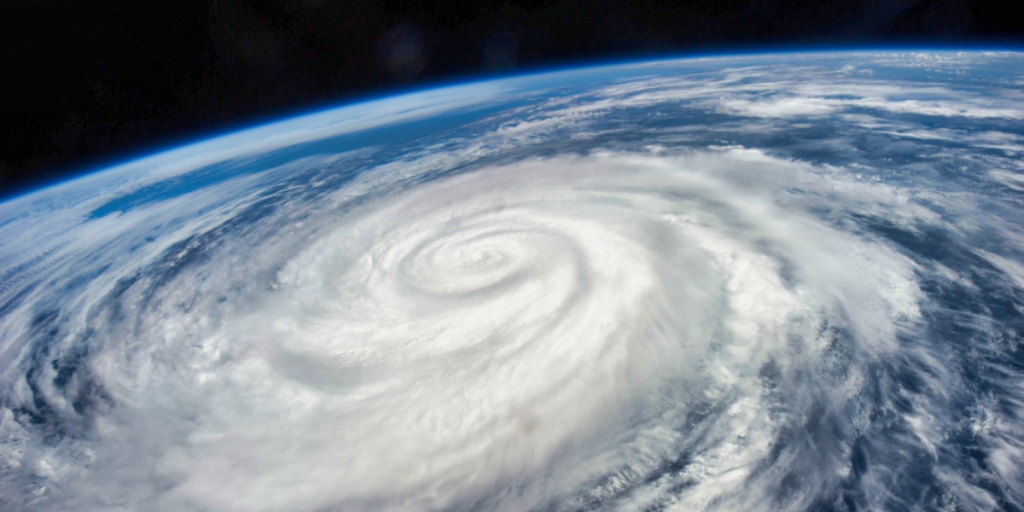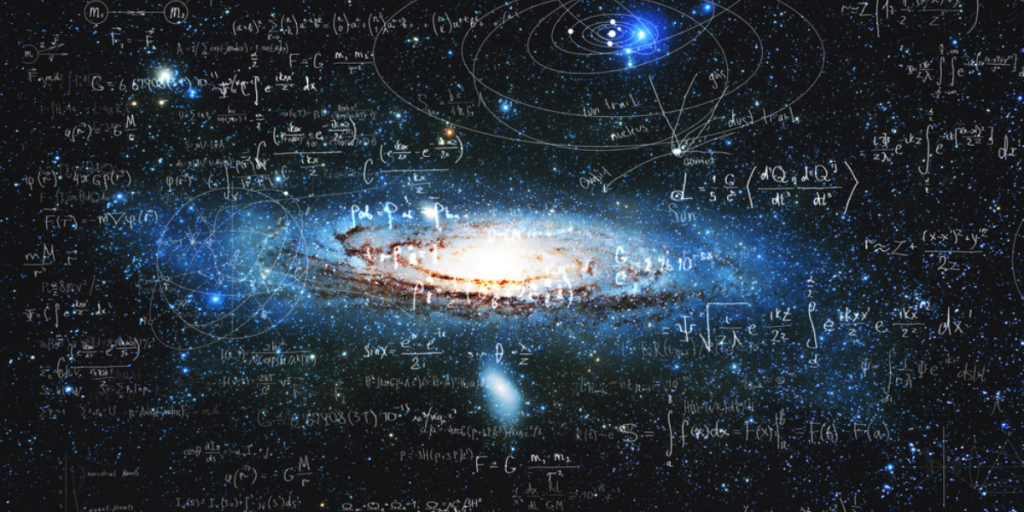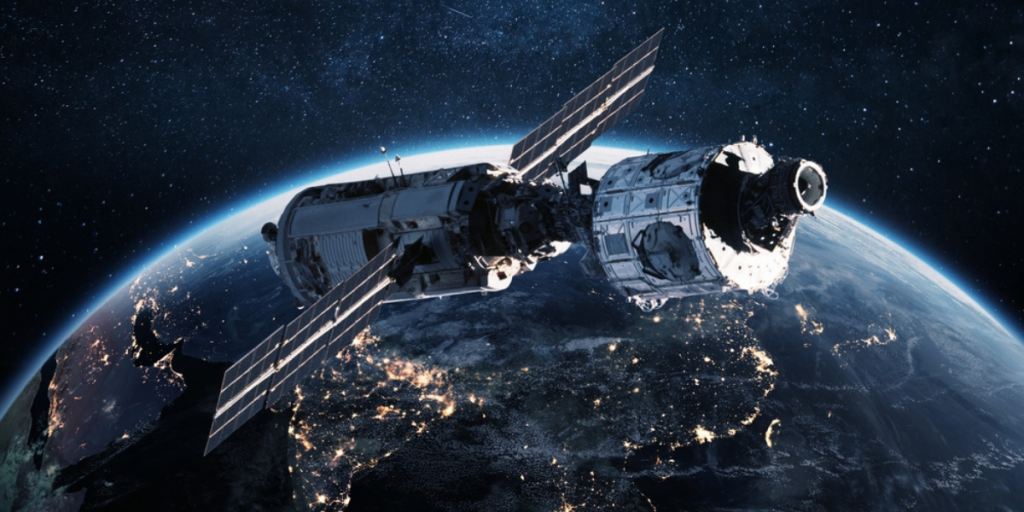Satellites, Aluminium and a Fragile Ozone
Others are reading now
Satellites, Aluminium and a Fragile Ozone
When Space Junk Falls Back to Earth

We usually think of satellites as helpful tools quietly circling above us — bringing weather forecasts, GPS directions and internet connections. When they die, most people imagine they simply burn up harmlessly in the atmosphere and disappear.
But as the number of satellites grows into the tens of thousands, scientists are starting to ask a new question: what happens to all that material when it comes back down — and could it actually change the atmosphere and climate it passes through?
A Growing Cloud of Metal from Space

According to the Guardian, there are currently more than 9,000 satellites orbiting Earth, and by 2040 that number could exceed 60,000, driven largely by mega-constellations for communications and internet.
Most satellites only operate for about five years before they are deliberately de-orbited and left to burn up in the atmosphere. As they do, they release aerosolised metals, especially aluminium, into the upper layers of air.
Also read
A new study, published in Journal of Geophysical Research: Atmospheres, set out to estimate what this growing wave of satellite re-entries might mean for the planet’s atmosphere.
Simulating a Sky Full of Burning Satellites

The researchers, as reported by the Guardian, modelled a scenario in which the disposal of around 3,000 satellites per year produces roughly 10,000 tonnes of aluminium oxide annually by 2040.
This level of re-entry corresponds to a future fleet of about 60,000 satellites constantly being launched, operated and replaced.
Their simulations show that this man-made aluminium oxide does not simply vanish: it accumulates at high latitudes in the middle and upper atmosphere, where it can interact with temperatures, winds and ozone chemistry. Other metals such as titanium, lithium, iron and copper will also be released, but their atmospheric effects have not yet been fully modelled.
Climate and Ozone Side Effects

According to the Guardian’s coverage, the study found that this build-up of re-entry material could cause temperature anomalies of up to 1.5°C in parts of the middle to upper atmosphere, and could reduce wind speeds at those heights.
Also read
Even more concerning, the aluminium oxide appears to contribute to ozone depletion, potentially jeopardising the recovery of the ozone layer that the world has worked for decades to protect.
While the exact impact of other metals is still uncertain, the results suggest that routine satellite disposal — once seen as a clean solution to space junk — may itself become an emerging contributor to atmospheric change.
What We’ve Learned

This research links two issues that are usually treated separately: space operations and Earth’s atmosphere. As satellite numbers surge, the metals released when they burn up will no longer be negligible.
The study suggests they could subtly warm parts of the upper atmosphere, alter wind patterns, and slow ozone recovery. In other words, how we design, launch and retire satellites is not just a space-engineering problem — it is increasingly part of the climate and atmospheric story as well.
One Planet, Shared Skies

The satellites we send up eventually come back down, and their legacy doesn’t end at the edge of space. This work is a reminder that there is no clean split between “space” and “Earth”: the same thin atmosphere that protects us also absorbs the byproducts of our expanding space industry.
Also read
As we rely more on satellites, we may need to rethink how many we launch, how we build them, and how we dispose of them, so that the tools we use to understand our planet don’t end up quietly harming it from above.
This article is made and published by August M, who may have used AI in the preparation


